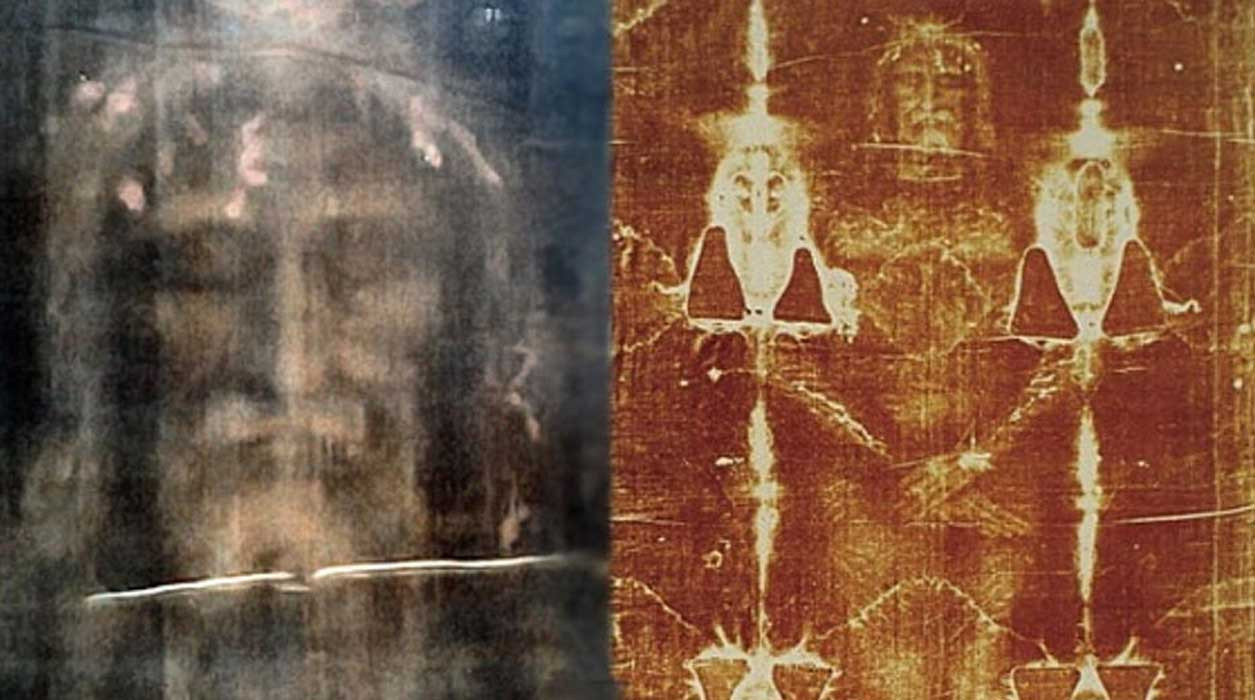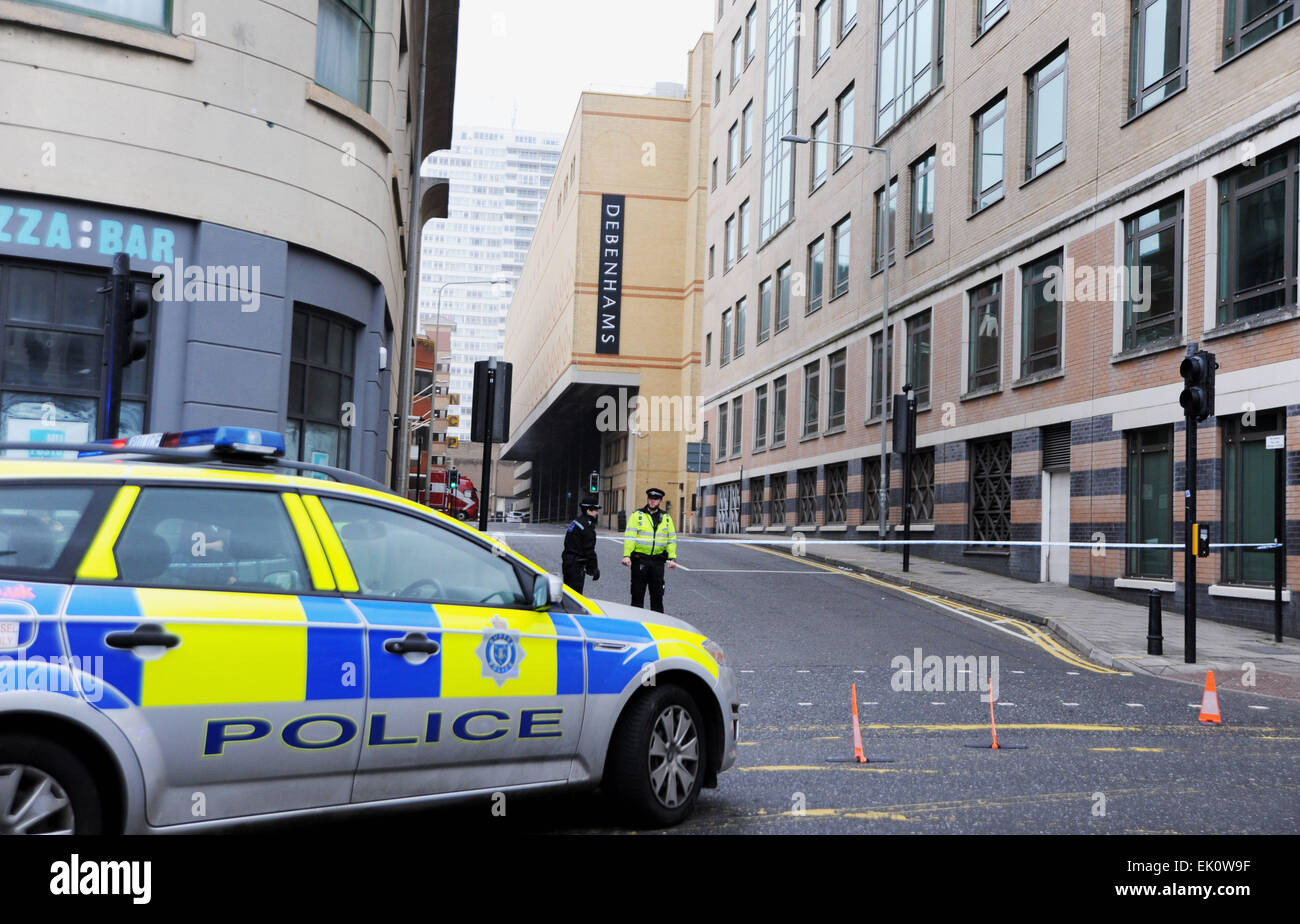Research has uncovered evidence that may strengthen the case for the authenticity of the famous Shroud of Turin amid conflicting theories that the linen cloth is a medieval forgery. Many Christians believe the famous relic was Jesus’ burial garment.
Reanalysis of blood samples from the linen cloth shows evidence that is "consistent with Jesus Christ's tortures," according to research by Giulio Fanti, an engineer and professor at the department of industrial engineering at the University of Padua in Italy. The findings were published in the peer-reviewed Archives of Hematology Case Reports and Reviews on July 19.
The findings suggest the various physical conditions of Jesus during his last hour on the cross, Fanti wrote. "Jesus was severely scourged especially at the kidneys, and nailed to the cross, He died, and His corpse was placed in the Sepulcher in Jerusalem and wrapped in the HST (Holy Shroud of Turin)."
The blood discovered in the garment showed signs of a high level of urea, a substance created when protein breaks down in the liver, suggesting kidney and liver malfunction suffered from intense whipping in the area near the kidneys. As a result, the person who was wrapped in the shroud, believed by Fanti to be Jesus, suffered microcytic anemia, which made breathing difficult and stoked a heart attack as the main cause of death. In various areas of the shroud, creatinine, a chemical waste from the disintegration of protein and muscle, was detected.
The heavy presence of creatinine with ferritin, a blood protein with iron, on the cloth "confirms at a microscopic level the very heavy torture suffered by Jesus," according to the study. Fibrin, a substance that produces blood clots, was also found in some of the shroud's fibres.
Evidence of Earthly Material and Pigments
According to the study, earthy material that is typically found in Jerusalem, such as clay and limestone, was mixed with the blood particles. Fanti also attributed the presence of the ancient red ochre and vermillion pigments to likely "contamination from contact with painted copies" of the shroud. The discovery of the earthy material also supports the hypothesis that the body of Jesus was not completely washed after his death, according to the study.
A Deeper Dive into the Shroud
The Shroud of Turin appears to show two images of a five-foot seven-inch man believed by many to be the crucified Jesus Christ, according to researchers. Some believe the front and back images were mysteriously imprinted when the body was wrapped with the linen cloth, which is 4.3 metres (14 feet) long and 1.1 metres (3.6 feet) wide. It has been housed in the cathedral of San Giovanni Battista in Turin, Italy since 1578, according to Britannica.
Since the 1970s, tests trying to discover the origins of the images have been inconclusive. Also, there were doubts about researchers' methodology in dating the cloth's origins from 1260 to 1390. Other research conducted by the Institute of Crystallography in 2022 suggests that the cloth is actually 2,000 years old, dating back to Jesus’ time.
A Controversial Relic
The Shroud of Turin has long been a source of fascination and controversy. Some believe it is a genuine relic of Jesus Christ, while others believe it is a medieval forgery. The new research adds to the growing body of evidence that supports the authenticity of the Shroud. However, it is important to note that the research is not definitive and that the debate over the Shroud's authenticity is likely to continue.
The Shroud of Turin: A Window into the Past
The Shroud of Turin, a linen cloth that bears the image of a man seemingly crucified, has captivated the world for centuries. While its authenticity remains hotly debated, it offers a window into the past, prompting countless questions about its origins and significance. The new research, revealing the presence of blood and earthly materials consistent with the biblical narrative, adds another layer to this complex tapestry of faith, history, and scientific inquiry. The debate over the Shroud is unlikely to be settled definitively, but it continues to fuel conversations about the nature of belief, the power of relics, and the enduring mystery of human history.

















